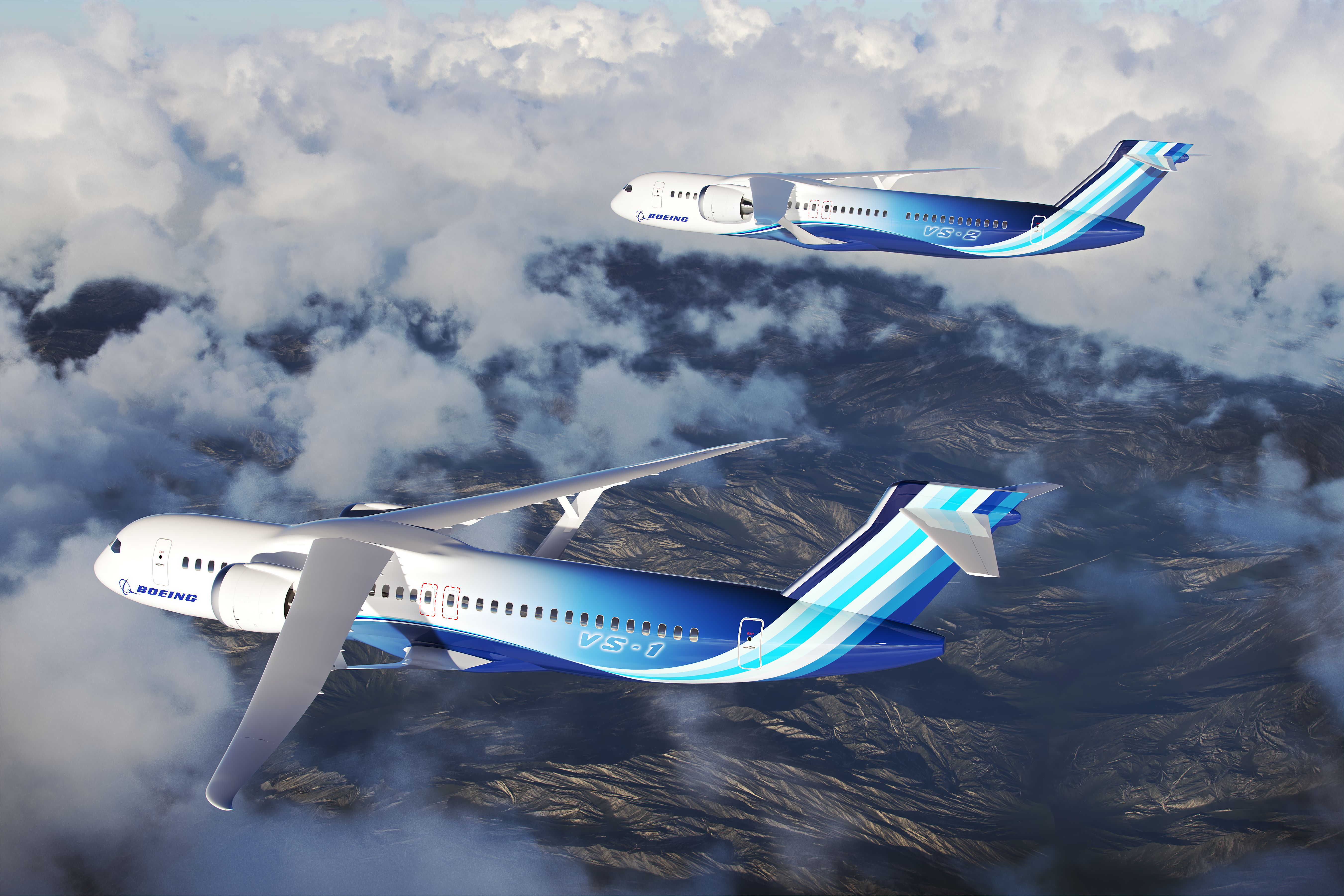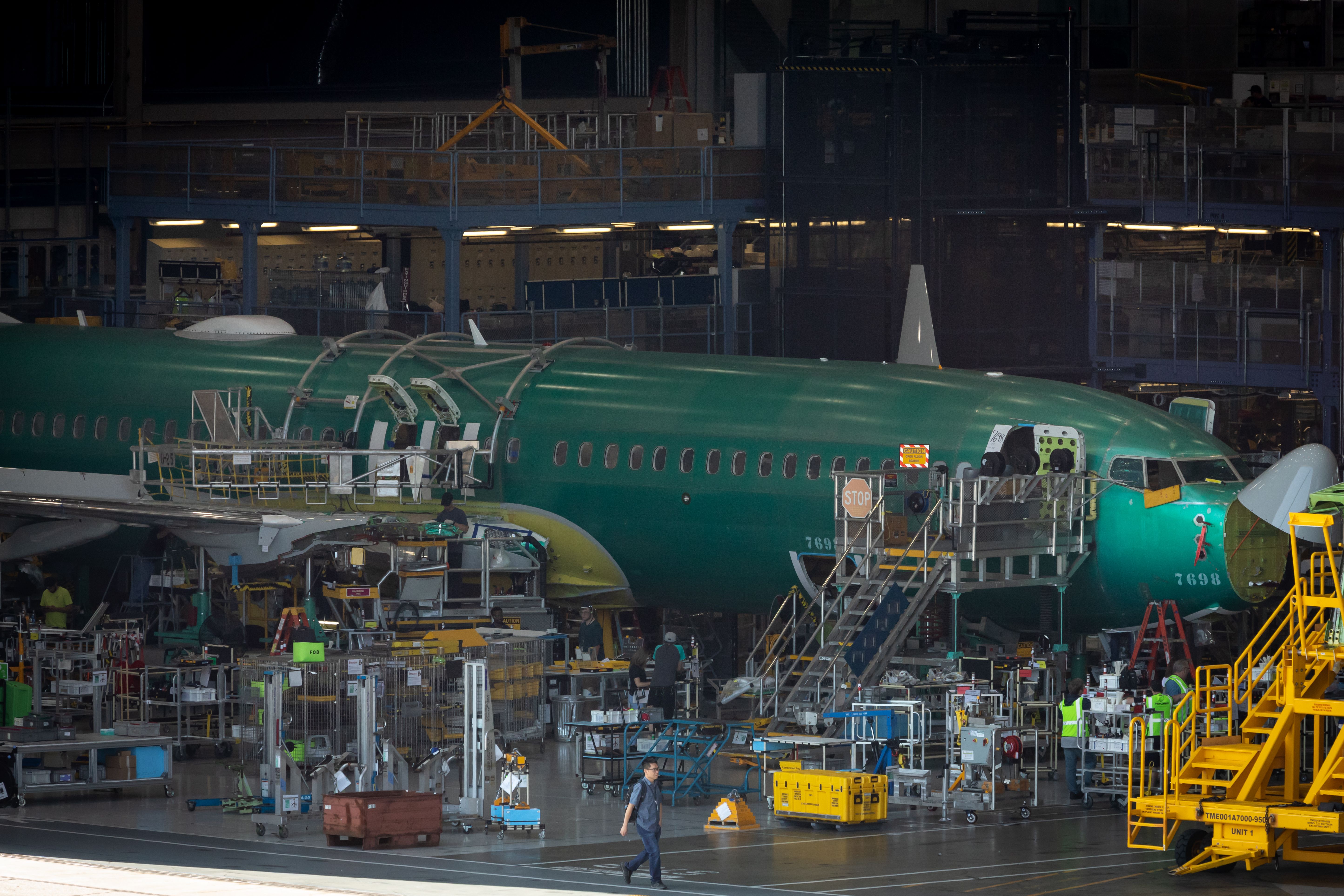The National Aeronautics and Space Administration (NASA) and Boeing will partner in the development and flight test of a full-scale Transonic Truss-Braced Wing demonstrator aircraft, which could revolutionize the commercial aviation industry through a much more fuel-efficient design of narrowbody airliners.
A partnership for a new type of aircraft
Pam Melroy, NASA’s Deputy Administrator, said on Wednesday the first ‘A’ in NASA, Aeronautics, is thriving. Today, this agency and Boeing announced the launch of a Sustainable Flight Demonstrator project, which seeks to inform of a potential new generation of green single-aisle planes.
Both entities will work together through this public-private initiative to build, test, and fly a full-scale demonstrator aircraft this decade, investing over US$1 billion. Currently known as the Sustainable Flight Demonstrator (SFD), the aircraft will test the Transonic Truss-Braced Wing (TTBW) concept, which involves a plane with extra-long, thin wings stabilized by diagonal struts. This design results in an aircraft that will be much more fuel efficient than a traditional airliner due to a shape that would create less drag – resulting in burning less fuel.
In a conference, NASA Administrator Bill Nelson said,
“NASA has selected Boeing as our partner in designing, building, and flying a brand-new large-scale experimental airplane called the Sustainable Fight Demonstrator. Boeing’s concept is a Transonic Truss-Braced Wing single-aisle aircraft which is scheduled to fly in 2028.”
This project aims to revolutionize how people travel in the next few decades, meeting sustainability goals set by 2050. NASA and Boeing will be working directly on the narrowbody segment, as it is the most in-demand aircraft requested by the airline industry. Logically, narrowbody jets are responsible for almost half of the CO2 emissions by the sector globally.
Boeing estimates that the demand for single-aisle aircraft will increase by 40,000 planes between 2035 and 2050.
How will the new airplane work?
Todd Citron, Boeing’s Chief Technology Officer, said that this announcement reflects a ten-year partnership that began with conceptual studies and wind-tunnel testing of the Transonic Truss-Braced Wing concept. Through the development of this experimental aircraft, NASA and Boeing expect to validate a new technology that could, in the future, lead to the launch of a new aircraft model.
“It represents an opportunity to design, build and fly a full-scale experimental plane while solving novel technical problems,” said Greg Hyslop, Boeing chief engineer and executive vice president of Engineering, Test & Technology.
Get the latest aviation news straight to your inbox: Sign up for our newsletters today.
The SFD will have its wings located higher in the fuselage compared to current narrowbody jets. This configuration will free up underwing space for advanced propulsion systems. Overall, this means that a single-aisle airliner with a TTBW configuration could save up to 30% in fuel consumption and emission reductions relative to today’s most efficient single-aisles, such as the Boeing 737 MAX or the Airbus A320neo families.
The newly designed wing is so long and thin that it requires a brace –Bill Nelson explained– but the aircraft can get a lift on this brace as well as the wing. Building on the old concept of the biplanes is “a revolutionary design” that will “make commercial airliners much more fuel-efficient by creating less drag,” he added.
What do you think about NASA and Boeing’s plans to develop the new Transonic Truss-Braced Wing demonstrator aircraft? Let us know in the comments below.


